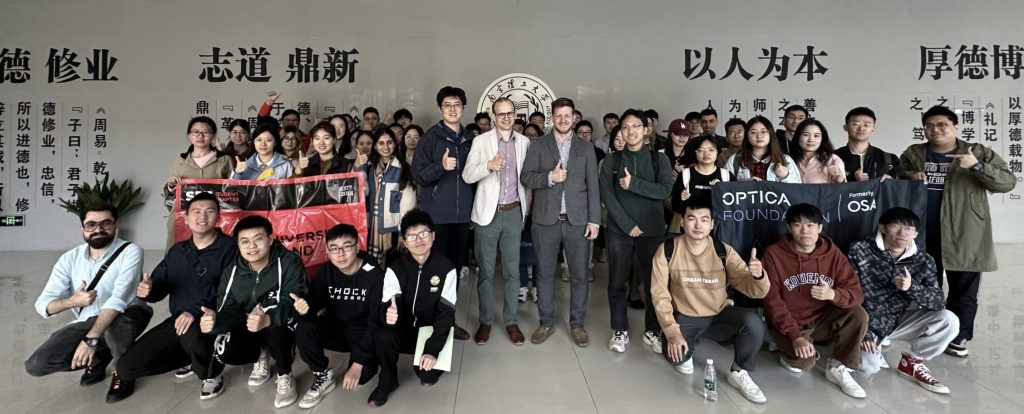Scientists cooperating with QCI lab

Nanjing University of Science and Technology (NJUST), China:
- Professor Chao Zuo (Head of Smart Computational Imaging Lab) is an expert in non-interferometric 2D phase imaging, diffraction tomography, and quantitative phase microscopy. His contributions extend to breakthroughs in high-resolution high-throughput single-cell label-free imaging. Additionally, Professor Zuo plays a key role in the development of novel lensless tissue imaging techniques, leveraging his expertise in non-interferometric 2D/3D phase imaging, diffraction tomography, and lensfree partially coherent microscopy.
The Arctic University of Norway, Tromsø (UiT):
- Professor Balpreet Ahluwalia (Head of the Optical Nanoscopy Lab) is the inventor of chip-based super resolution microscopy. His contributions span across advancing quantitative phase microscopy, resolution enhancement, and exploring the numerical and experimental frontiers of lensless tissue imaging. Specializing in quantitative phase and amplitude imaging using lens-based techniques, Professor Ahluwalia also plays a crucial role in benchmarking novel lensless tissue imaging techniques. Collaboration is facilitated through the participation of Dr. Azeem Ahmad and Dr. Florian Strohl from Ahluwalia’s group, adding valuable insights to the projects.
University of Valencia (UV), Spain:
- Professor Vicente Mico is an expert in enhancing the resolution of optical phase microscopy using multiplexing. He is actively involved in designing and optimizing both common-path holographic microscopy and Fourier Ptychographic Microscopy systems. Furthermore, Professor Mico extends his expertise to novel lensless tissue imaging techniques, contributing significantly to expanding the capabilities of lens-free systems in Valencia.
The University of Texas at Austin (UoT):
- Professor Shwetadwip Chowdhury develops next-generation optical imaging technologies. Specializes in deep optical microscopy with multiple-scattering solvers. Essential for the development of lensless multiple-scattering deep tissue imaging technique with a large FOV and 3D reconstruction capabilities.
Max Planck Institute of Radio Astronomy, Bonn, Germany (MP):
- PhD Maciek Wielgus is an expert in numerical methods in optical techniques. Played a pivotal role in data processing for imaging the M87 Central Supermassive Black Hole. Involved in designing and optimizing computational schemes for lensless tissue imaging to enhance signal-to-noise ratio and accelerate reconstructions.